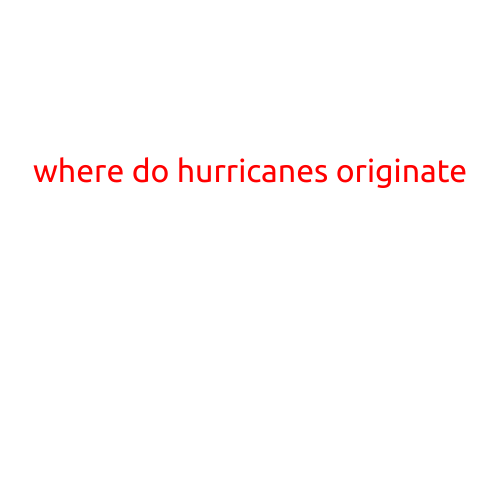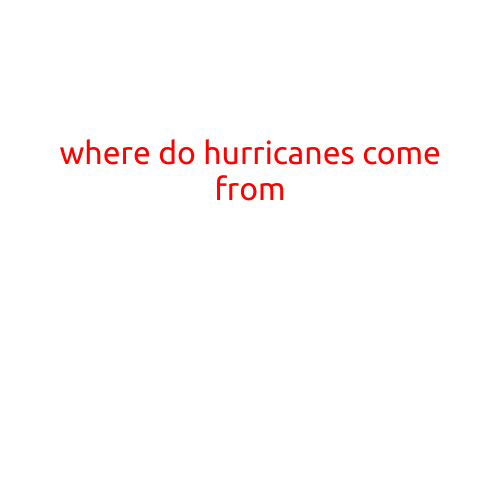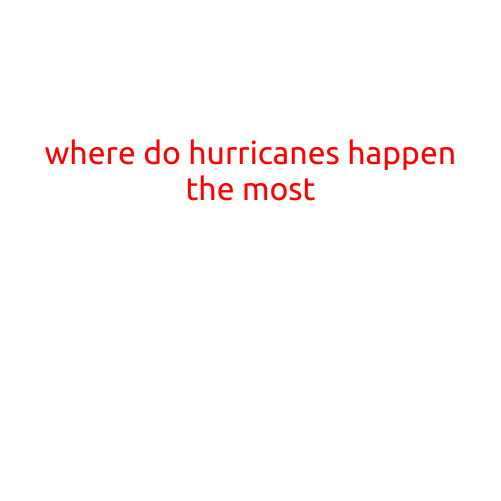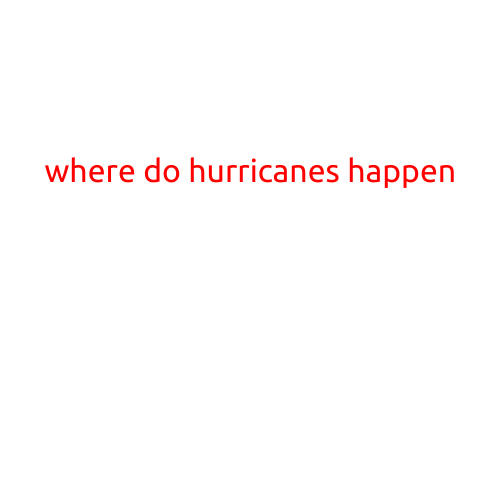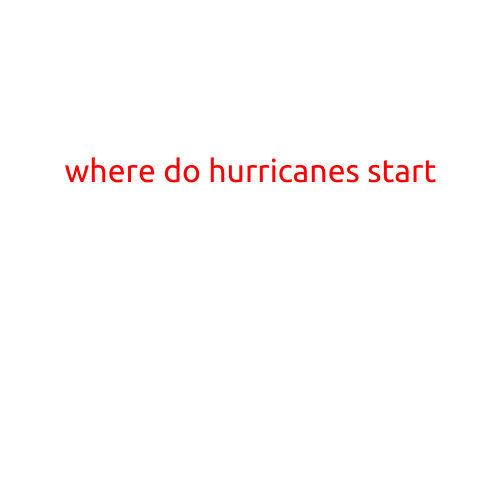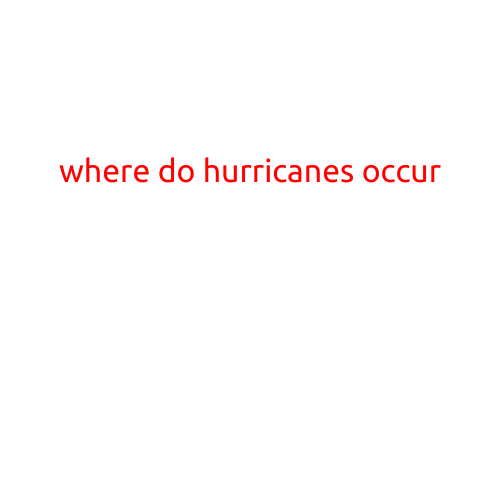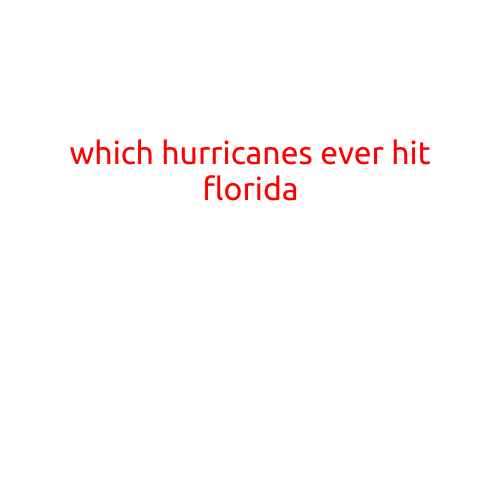
Which Hurricanes Have Ever Hit Florida?
Florida, known for its sun-kissed beaches and subtropical climate, is also a state prone to hurricanes. Located in a region known as the “Hurricane Alley,” Florida is susceptible to the powerful storms that form in the Atlantic Ocean and the Caribbean Sea. Since 1851, more than 120 hurricanes have made landfall in Florida, causing significant damage and loss of life. In this article, we’ll take a look at some of the most notable hurricanes to have hit Florida.
1926: The Great Miami Hurricane
One of the most devastating hurricanes to hit Florida was the Great Miami Hurricane, which made landfall on September 18, 1926. The Category 4 hurricane brought sustained winds of 150 miles per hour and caused widespread destruction in Miami and the surrounding areas. The storm killed over 370 people and left thousands more homeless.
1947: The Tarpon Springs Hurricane
On October 24, 1947, the Tarpon Springs Hurricane made landfall in Florida, bringing Category 4 winds of 150 miles per hour. The storm caused significant damage to the city of Tarpon Springs, which was known for its sponge fishing industry. The hurricane killed 16 people and left thousands more without power or shelter.
1960: Hurricane Donna
On September 10, 1960, Hurricane Donna made landfall in Florida, bringing Category 3 winds of 120 miles per hour. The storm caused widespread damage and flooding throughout the state, particularly in the cities of Naples and Fort Myers. The hurricane killed 40 people and left thousands more without power or shelter.
1964: Hurricane Cleo
On September 26, 1964, Hurricane Cleo made landfall in Florida, bringing Category 3 winds of 120 miles per hour. The storm caused significant damage and flooding throughout the state, particularly in the cities of Miami and Key West. The hurricane killed two people and left thousands more without power or shelter.
1992: Hurricane Andrew
On August 24, 1992, Hurricane Andrew made landfall in southern Florida, bringing Category 5 winds of 165 miles per hour. The storm caused widespread destruction and chaos in the cities of Homestead and Florida City, killing 26 people and leaving thousands more without power or shelter. The storm’s damage was estimated at over $26 billion, making it one of the costliest natural disasters in U.S. history.
2004: Hurricane Charley
On August 13, 2004, Hurricane Charley made landfall in southwestern Florida, bringing Category 4 winds of 150 miles per hour. The storm caused significant damage and power outages throughout the region, particularly in the cities of Punta Gorda and Arcadia. The hurricane killed 35 people and left thousands more without power or shelter.
2005: Hurricane Wilma
On October 24, 2005, Hurricane Wilma made landfall in southern Florida, bringing Category 3 winds of 120 miles per hour. The storm caused widespread damage and power outages throughout the region, particularly in the cities of Miami and Key West. The hurricane killed 35 people and left thousands more without power or shelter.
2017: Hurricane Irma
On September 10, 2017, Hurricane Irma made landfall in Florida, bringing Category 4 winds of 130 miles per hour. The storm caused widespread damage and destruction throughout the state, particularly in the cities of Key West and Jacksonville. The hurricane killed 83 people and left thousands more without power or shelter. The storm’s damage was estimated at over $83 billion, making it one of the costliest hurricanes in U.S. history.
2018: Hurricane Michael
On October 10, 2018, Hurricane Michael made landfall in the Panhandle region of Florida, bringing Category 4 winds of 155 miles per hour. The storm caused significant damage and destruction throughout the region, particularly in the cities of Panama City and Mexico Beach. The hurricane killed 45 people and left thousands more without power or shelter. The storm’s damage was estimated at over $25 billion.
These are just a few examples of the many hurricanes that have hit Florida over the years. As the state continues to experience the impacts of climate change, it’s essential for residents and visitors to stay informed and take necessary precautions to stay safe during hurricane season.
Conclusion
Florida’s location in the Atlantic Ocean and Caribbean Sea makes it prone to hurricanes, which can cause significant damage and loss of life. While it’s impossible to predict with certainty when and where a hurricane will strike, staying informed and taking necessary precautions can help minimize the impacts of these powerful storms. By learning from the past, we can better prepare for the future and ensure the safety and security of everyone in the Sunshine State.
